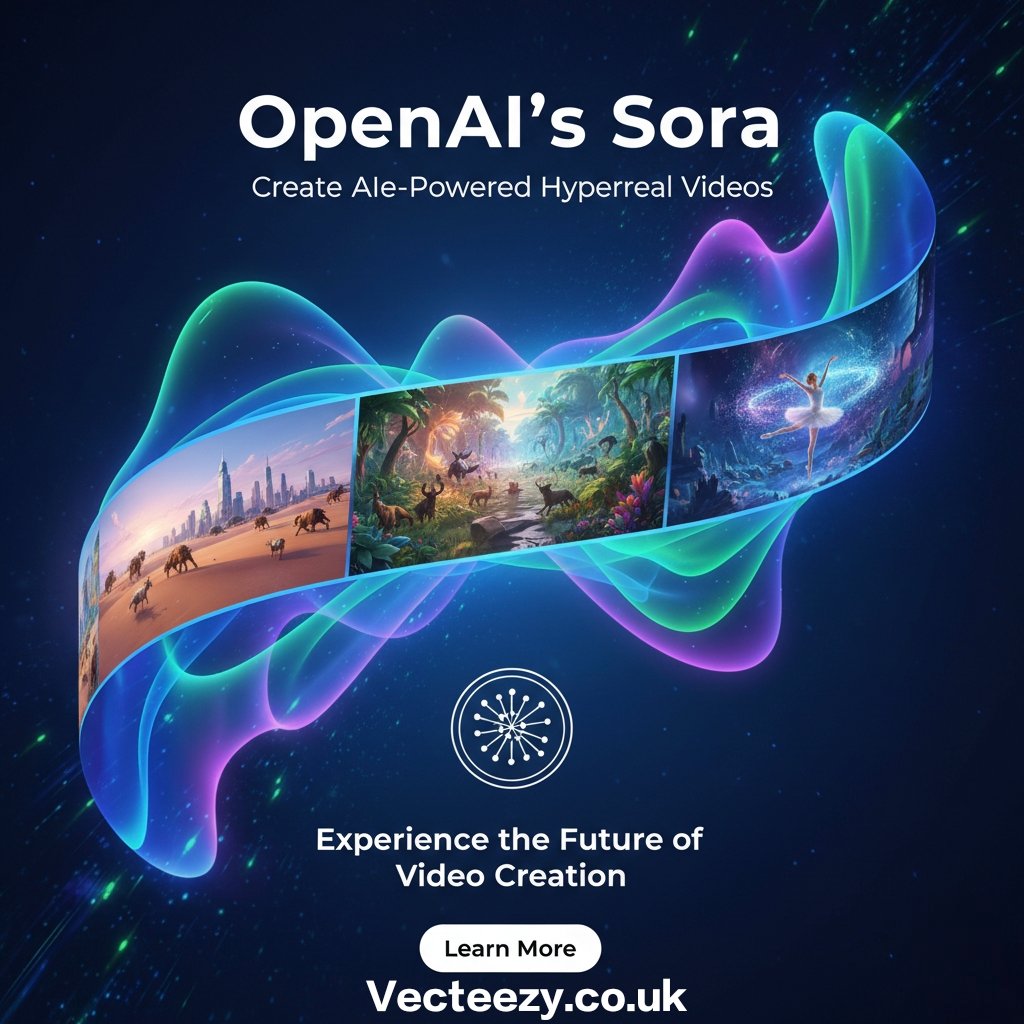What Is Pxless? The New Era of Adaptive, Fluid UI Design
Pxless vs Pixel-Based Design: Which Approach Wins in 2025?

In today’s rapidly evolving digital culture, pxless thinking has become more than a passing trend—it represents a shift in how creators imagine and build online experiences. Within the first wave of the mobile-first era, designers relied heavily on fixed pixels, but modern design demands flexibility, fluidity, and freedom from rigid constraints. Pxless embraces that evolution, blending cultural expectations of seamless digital fluidity with new-age tools and methodologies. As users navigate multiple screen sizes, devices, and resolutions daily, the pxless philosophy ensures that every interaction feels natural, adaptive, and intuitive. This balance of innovation and design tradition sets the stage for a future where creativity flows beyond fixed boundaries.
What Is Pxless?
Pxless is a design philosophy centered around creating interfaces that are not limited by fixed pixel values. Instead of locking elements to static measurements, pxless design relies on fluid units like percentages, rem, responsive grids, and scalable typography. This approach creates digital experiences that adapt beautifully across screens—from tiny smartwatches to ultra-wide monitors. The term “pxless” symbolizes the move away from rigid pixel dependency toward a more holistic, modern method of visual expression. In practice, it blends storytelling, tech intuition, and human-centered design, making it a symbol of the era where flexibility outshines fixed precision.
Quick Status
| Attribute | Description |
|---|---|
| Concept Name | Pxless |
| Type | Digital design philosophy / adaptive design method |
| Core Idea | Reduce dependency on fixed pixels; prioritize fluid/responsive units |
| Common Uses | UI/UX design, web development, app interfaces |
| Key Benefits | Scalability, accessibility, consistency across devices |
| Related Terms | Responsive design, fluid design, adaptive layouts, scalable UI |
The Rise of Pxless Design in Modern Digital Culture
Pxless design has become particularly relevant as global audiences interact with digital content across an ever-expanding range of devices. It also aligns with semantic design principles, making interfaces more future-proof. LSI keywords like responsive layout, fluid design, and scalable interface often accompany pxless discussions because they reflect the heart of this movement. The disappearance of strict pixel dependence encourages smoother user flows and helps brands maintain consistent identity across platforms. As consumer expectations rise, pxless ensures that the digital world stays intuitive, inclusive, and visually refined.
Why Pxless Matters in UX and UI Development
One reason pxless has gained traction is its role in enhancing scalability and accessibility. Designers no longer need separate layouts for each screen size; instead, elements adjust naturally, producing cohesive user experiences. Experts in the field suggest that pxless methodologies not only improve performance but also reduce development overhead. With responsive typography and adaptable spacing, this approach fosters interfaces that feel calm, balanced, and aesthetically grounded. It reflects a world where design must serve millions of unpredictable device variations without sacrificing clarity or brand identity.
How Pxless Strengthens Digital Workflows
Integrating pxless principles into workflows helps teams streamline design processes. Instead of manually adjusting pixel values, designers rely on fluid rulesets that automate adaptability. This saves time and minimizes errors—especially in large-scale projects. Pxless integrates naturally with grid systems, design tokens, and modern frameworks like Tailwind, CSS Grid, and Flexbox. Its influence expands beyond coding and into visual storytelling, empowering creatives to craft digital products that stay timeless even as technology evolves.
Pxless in Real-World Applications
From websites to mobile apps and interactive displays, pxless methodology drives aesthetic stability across environments. Designers can focus on rhythm, hierarchy, and storytelling rather than obsessing over pixel alignment. It also enables more inclusive experiences for users who zoom, enlarge text, or rely on varying resolutions. Related topics you may explore on our site include digital design trends and adaptive UI principles. Pxless is not a tool but a mindset that shapes how creators approach modern digital problem-solving.
The Future of Pxless in a Multi-Device World
As the digital ecosystem continues to expand—with foldable phones, VR, AR, automotive interfaces, and wearable tech—pxless design will inevitably become a universal standard. By detaching layout logic from fixed measurement systems, pxless protects brands from constant redesign cycles. It creates the resilience and adaptability needed for next-generation experiences, making it a core pillar of future-focused design strategy.
Pxless vs Traditional Pixel-Based Layouts
Traditional layouts depend on strict pixel values, which struggle on modern screens with diverse DPIs and aspect ratios. Pxless shifts the conversation by using semantic keywords like fluid grids, scalable typography, and adaptive spacing. This creates interfaces that maintain balance without requiring manual recalibration. In contrast to older methods, pxless design encourages cohesion, reduces clutter, and allows UI elements to breathe.
Pxless as a Bridge Between Tradition and Innovation
Traditional design roots emphasized precision and pixel-perfect execution. The pxless movement doesn’t reject these values—it extends them. By weaving classic typography, visual hierarchy, and layout theory into a future-oriented ecosystem of responsive units, pxless becomes a bridge between old-world craftsmanship and modern fluidity. It empowers creators to build designs that honor tradition while embracing the limitless possibilities of an agile digital future.
Conclusion
Pxless represents a shift in how designers craft meaningful digital experiences. Rather than relying on rigid pixels, the pxless method brings fluidity, inclusivity, and adaptability into the heart of design strategy. This philosophy meets the demands of a multi-device world while respecting the timeless foundations of good design. As technology moves forward, pxless thinking will continue guiding creators toward more flexible, accessible interfaces that resonate across cultures and platforms.
FAQs
1. What does pxless mean in design?
Pxless refers to designing interfaces without relying on fixed pixel values. Instead, designers use responsive units that automatically scale based on device size. This promotes flexibility, accessibility, and long-term consistency. Pxless helps ensure that interfaces look sharp and readable on everything from small mobile screens to large desktop monitors. It’s increasingly favored because it simplifies workflows and adapts naturally to emerging technologies.
2. How does pxless improve user experience?
Pxless improves UX by ensuring that content scales smoothly and remains visually balanced on all devices. Users who zoom in or adjust display settings benefit from layouts that adapt without breaking. This makes digital products more inclusive. By reducing the need for manual adjustments, pxless also speeds up development and ensures users experience cohesive design, regardless of their device or resolution.
3. Is pxless the same as responsive design?
Pxless is related to responsive design but not identical. Responsive design covers a broader strategy of adapting layouts based on screen size, whereas pxless specifically focuses on minimizing or eliminating fixed pixels in favor of fluid units. Pxless is part of responsive design’s evolution, strengthening its flexibility and reducing layout fragility.
4. Can pxless design work with all design tools?
Yes. Pxless design works seamlessly with most modern tools such as Figma, Sketch, and web frameworks like Tailwind or CSS Grid. Designers use scalable units in these tools to prototype adaptive layouts. The philosophy does not require proprietary software; it relies on using standard web technologies in smarter, more fluid ways.
5. Is pxless suitable for beginners?
Absolutely. Beginners often find pxless easier once they understand how relative units work. Instead of memorizing pixel-perfect values, they learn principles of proportion, spacing, and responsiveness. This encourages better design habits early on and prepares new designers for real-world projects where adaptability is essential.
Read more about Vecteezy.co.uk




